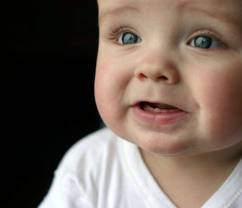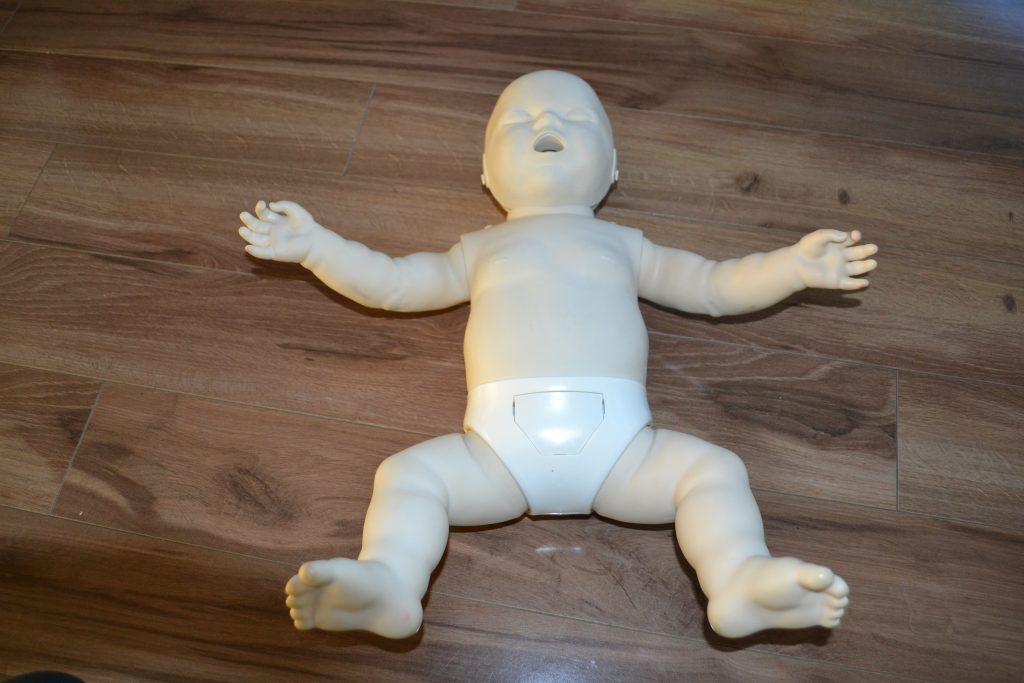Toddlers include children between the ages 1 to 2 years and they are susceptible to eczema. Eczema is a raised, rough, red-colored and intense itchy patches that are dry and oozing.
In the field of pediatrics, it is called as atopic dermatitis. Atopic is hypersensitivity to certain kinds of allergens found in the environment. Eczema usually starts during the few years of life and wanes when the child is already 5 or 6 years or reaches the teen years.
Causes of eczema in toddlers
- Eczema in toddlers is due to pollen, dust, dander and certain foods. Toddlers who had eczema during infancy are more prone to develop asthma and hay fever later in life. Eczema during infancy can be caused by introduction of new food to the diet.
- Egg can also cause eczema among toddlers which can be passed from mother to the child.
- Eczema can also be caused by allergens such as wool and house dust. Factors such as drooling and sweating make the condition worse.
- Respiratory infection can also cause eczema.
- Eczema becomes worse when the baby skin is dry or the skin comes in contact with some irritating substance. In some cases, it can cause infection on the skin.

Symptoms
- The initial lesion of eczema depends on its development upon scratching caused by severe itching. In infants, eczema develops on the cheeks as a red rash, and then it becomes a tiny blister on the affected area and can spread to other parts of the body.
- The eczematous lesions is red and sore and there is severe itching and with constant scratching, it will result in weeping and crusting and the affected area will become a raw surface with oozing serum, blood and pus. In such cases, the child becomes irritable and fretful.
- There is a period of remission and the lesion is dry and the swelling disappears which leaves behind a healthy skin surface. On the other hand, the lesion can reappear again after some time due to some factors.
- Frequent scratching and rubbing causes the skin to become thick and cracked, usually in the folds of the skin of the elbow, wrist and the knee.
Treatment and home remedies
- Avoid giving the toddler hot baths, instead use warm water.
- Avoid exposure to house dust and wool if possible.
- Do not use scented soaps on the toddler.
- Let the child stay at the seashore where exposure to sun and salt water helps with the eczema, but avoid over exposing the child to the sunlight.
- After a bath, gently pat on the skin of the child. Avoid rubbing and scrubbing the skin with towel to make the skin dry.
- Keep the child’s nail short, in order to avoid irritation on the skin when he/she scratches.
- Apply coconut oil on the body of the child after taking a bath. Coconut oil is a natural moisturizer.
- Extract a juice from cucumber and apply it over the affected area in order to minimize the severe itchiness.
- Apply calamine lotion on the eczematous lesion in the morning and evening.
FACT CHECK
https://medlineplus.gov/eczema.html
https://www.webmd.com/skin-problems-and-treatments/eczema/default.htm
https://www.mayoclinic.org/diseases-conditions/atopic-dermatitis-eczema/symptoms-causes/syc-20353273
